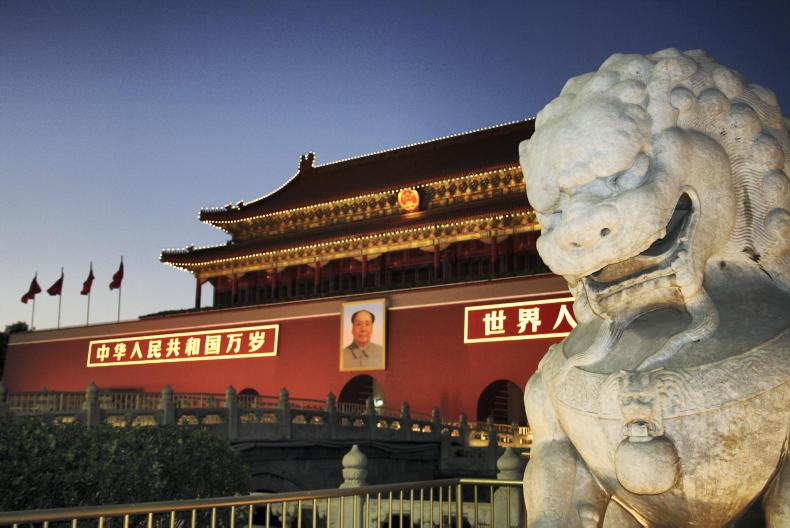China, which has about 20% of the world’s population, still spends on average 30% of expenditure on food and beverages. While this has fallen from 37% in 2005, it still remains high by international standards.
Generally, as incomes rise, consumers increase spending across a broader range of categories and this is what has been happening in China. Chinese consumers are now spending more on housing, financial services and cars, which is taking share from the proportion they spend on food.
The pattern of consumption has changed drastically over the last decade, with a significant reduction in the proportion of spending on basic necessities.
How this plays out will be critical for food manufacturers as Chinese spending on food is still relatively high. This means there is plenty of scope to expand spending in other areas.
It is expected that the emerging middle class will upgrade their consumption habits, shifting to higher quality, more branded and therefore more expensive products.
So while food and beverage growth will continue, it is expected to be a slower period of growth to 2030. International comparisons suggest China is still at an early-to-middle stage of development in terms of per-capita consumption. All of this points to strong potential for more discretionary spending in the coming years as well as for switching to more expensive and premium brands. Realising the potential of consumption will not be without challenges.
China, which has about 20% of the world’s population, still spends on average 30% of expenditure on food and beverages. While this has fallen from 37% in 2005, it still remains high by international standards.
Generally, as incomes rise, consumers increase spending across a broader range of categories and this is what has been happening in China. Chinese consumers are now spending more on housing, financial services and cars, which is taking share from the proportion they spend on food.
The pattern of consumption has changed drastically over the last decade, with a significant reduction in the proportion of spending on basic necessities.
How this plays out will be critical for food manufacturers as Chinese spending on food is still relatively high. This means there is plenty of scope to expand spending in other areas.
It is expected that the emerging middle class will upgrade their consumption habits, shifting to higher quality, more branded and therefore more expensive products.
So while food and beverage growth will continue, it is expected to be a slower period of growth to 2030. International comparisons suggest China is still at an early-to-middle stage of development in terms of per-capita consumption. All of this points to strong potential for more discretionary spending in the coming years as well as for switching to more expensive and premium brands. Realising the potential of consumption will not be without challenges.






 This is a subscriber-only article
This is a subscriber-only article










SHARING OPTIONS: